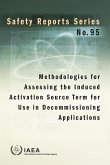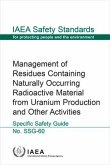The choice of suitable materials influences the sensor properties. Carbon materials such as graphene are promising for electrochemical sensors. Laser-induced graphene (LIG) offers a cost-effective alternative to conventional methods. This work investigates the potential of LIG to improve electrochemical sensors by optimizing the synthesis parameters. We develop LIG-based sensors for the measurement of nitrite and 4-aminophenol in water samples. The working electrode of the 4-aminophenol sensor was fabricated from LIG and multi-walled carbon nanotubes with polyaniline (MWCNT-PANI), which improves sensitivity and stability. For the detection of nitrite, the LIG was modified with carbon nanotubes and gold nanoparticles (f-MWCNT-AuNPs). The LIG sensors show excellent properties. The 4-aminophenol sensor on bare LIG reaches a detection limit of 9.23 nM, with MWCNT-PANI 6 nM. The nitrite sensor on LIG/f-MWCNT-AuNPs shows linear behavior from 10 to 140 µM, with a detection limit of 0.9 µM. The results show that LIG is suitable for versatile electrochemical sensors. The fabrication approach simplifies production and reduces costs. For the first time, an unmodified LIG electrode was used to detect 4-AP in contaminated water samples.
Hinweis: Dieser Artikel kann nur an eine deutsche Lieferadresse ausgeliefert werden.
Hinweis: Dieser Artikel kann nur an eine deutsche Lieferadresse ausgeliefert werden.








